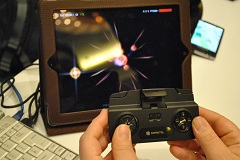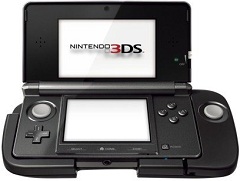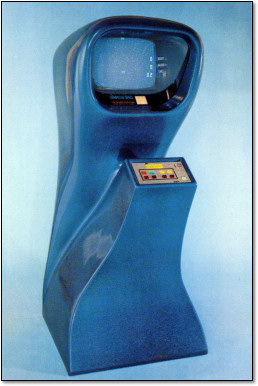 Unless your head’s in the sand, you know where portable video games are headed: Cheaper to develop, less expensive to sell, easier to pick up and less time consuming to play. Smartphones and tablets are slowly pushing the established games industry in that direction.
Unless your head’s in the sand, you know where portable video games are headed: Cheaper to develop, less expensive to sell, easier to pick up and less time consuming to play. Smartphones and tablets are slowly pushing the established games industry in that direction.
Razer is proudly not participating in that version of the future with Project Fiona, a concept Windows-based tablet that plays high-end PC games. The tablet has controller handles on either side of the 10.1-inch display, each with their own thumbsticks, buttons and triggers. Inside, there’s enough processing power to run games like Warhammer 40000: Space Marine and The Elder Scrolls V: Skyrim on high settings.
When Razer CEO Min-Liang Tan was telling me all this a couple weeks before the 2012 Consumer Electronics Show, I didn’t entirely believe the company could pull it off. But then I played with Project Fiona myself at Razer’s booth. I don’t know how the company did it–and I dare not fathom at what cost–but the concept actually works.





 Forty years ago, Nutting Associates released the world’s first mass-produced and commercially sold video game, Computer Space. It was the brainchild of Nolan Bushnell, a charismatic engineer with a creative vision matched only by his skill at self-promotion. With the help of his business partner Ted Dabney and the staff of Nutting Associates, Bushnell pushed the game from nothing into reality only two short years after conceiving the idea.
Forty years ago, Nutting Associates released the world’s first mass-produced and commercially sold video game, Computer Space. It was the brainchild of Nolan Bushnell, a charismatic engineer with a creative vision matched only by his skill at self-promotion. With the help of his business partner Ted Dabney and the staff of Nutting Associates, Bushnell pushed the game from nothing into reality only two short years after conceiving the idea.
